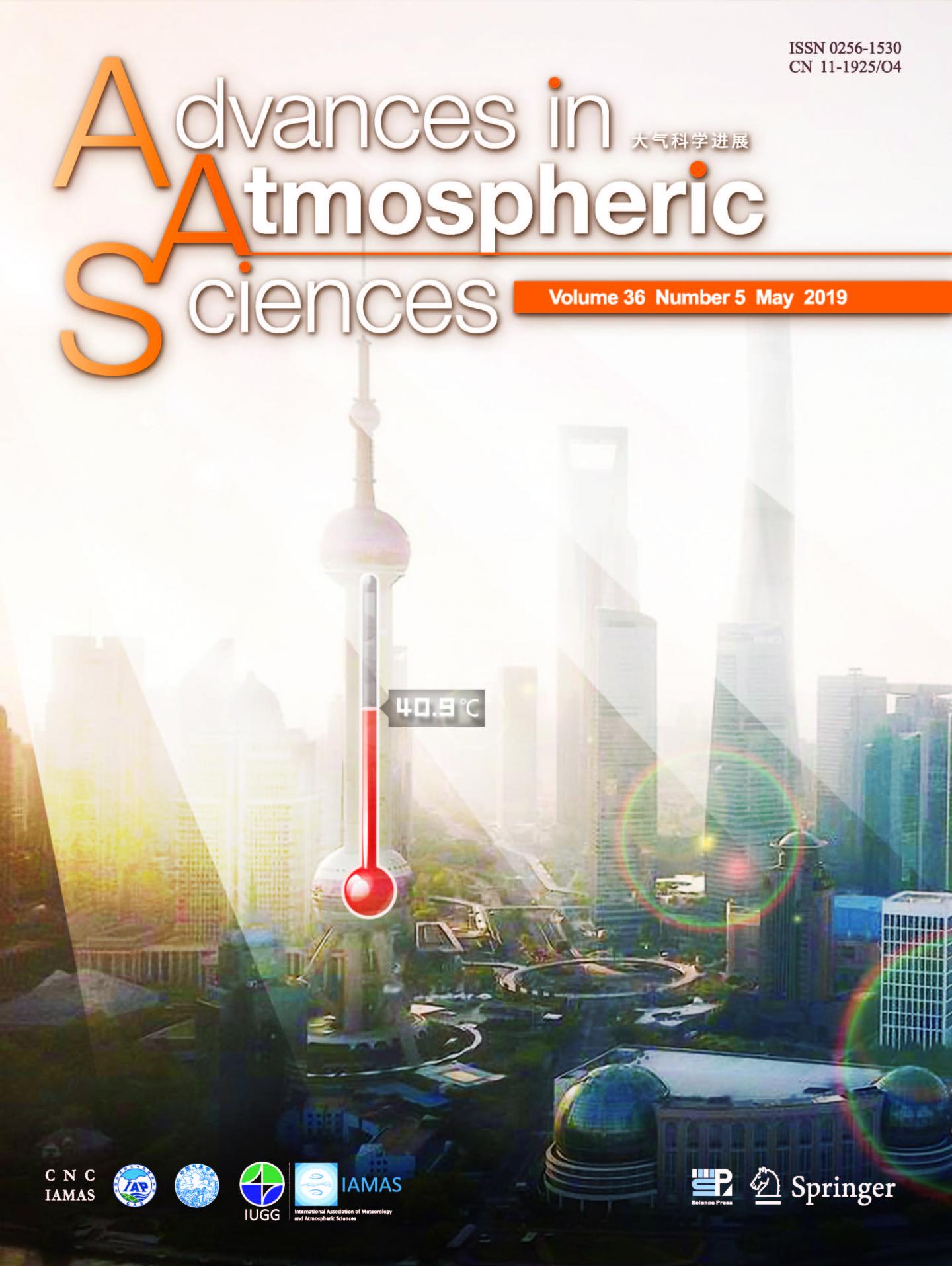
Credit: Advances in Atmospheric Sciences
The effects of extreme warming have been felt across the globe in recent years, especially with intensely hot summers in eastern Asia, western Europe, and North America. On July 21, 2017, a weather station in Shanghai, China recorded a high temperature of 40.9°C (105.6°F), the highest temperature recorded at that location since 1873. To understand what caused the extremely hot summer for South and Central China, a scientific collaboration of climatologists examined how abnormal sea surface temperatures and atmospheric circulation could co-influence regional temperatures over land.
Their results were featured on the latest cover of the peer-reviewed journal Advances in Atmospheric Sciences on 23 March, 2019.
“The occurrence of an extreme hot midsummer leads to huge socioeconomic threats, due to the high density of the population and concentration of the economy in those regions. It’s of great concern to both the government and the public,” said Ruidan Chen, the first author on the paper, who is an associate professor in the School of Atmospheric Sciences at Sun Yat-sen University in Guangzhou, China.
Chen also noted that the heat of 2017 was especially concerning, since it was not an El Niño year – which causes sea warming – and the temperatures should have been more temperate. However, according to Chen, a non-El Niño year meant that the variables influencing temperature were limited, making 2017 a unique case study.
The researchers examined the western tropical Pacific, the region of the Pacific Ocean that runs along the equator in the Eastern Hemisphere, which controls the atmospheric temperatures that directly influence the climate over Central and South China.
“We explored the internal process of the climate system that led to the hot midsummer,” Chen said.
With observational data collected from 740 weather stations, researchers analyzed temperature data for July and August from 1979 to 2017. They identified the extreme heat days, when temperatures exceeded 35°C (95°F),and examined the factors that could influence such a high temperature.
The researchers found the heat was directly caused by a high-pressure system in the atmosphere, which greatly impacted the surface temperature. The high-pressure system modulated the subtropical western north Pacific, a sub-region of the western Pacific that wields great influence over the behavior of the rest of the region. The team found that the high-pressure system was abnormally intensified, a result of increased sea surface temperatures due to any number of things, including human causes such as pollution.
In addition to the effects of the high-pressure system, the ocean has continued to warm over the last decade and is predicted to continue warming into the long-term future. In 2018, the temperatures continued to break records. The researchers found that the increased sea surface temperature over the western tropical Pacific accounted for about 50 percent of the 2017 heat, as well as the long-term warming contributed about 40 percent.
“Next, we will analyze the influence of the western tropical Pacific on the long-term variations of the extreme heat over Central and South China,” Chen said. “The ultimate goal is to understand the reasons for climate change over this region.”
###
This work was supported by the National Key Research and Development Program of China, the National Natural Science foundation of China, the Leading Talents of Guangdong Province Program, the Pioneer Hundred Talents Program of the Chinese Academy of Sciences, and the Fundamental Research Funds for the Central Universities.
Other contributors include Zhiping Wen of the Department of Atmospheric and Oceanic Sciences at Fudan University; Riyu Lu of the State Key Laboratory of Numerical Modeling for Atmospheric Sciences and Geophysical Fluid Dynamics at the Institute of Atmospheric Physics at the Chinese Academy of Sciences and the University of the Chinese Academy of Sciences; and Chunzai Wang of the State Key Laboratory of Tropical Oceanography of the South China Sea Institute of Oceanology at the Chinese Academy of Sciences.
Media Contact
Ms. Zheng Lin
[email protected]
Original Source
http://english.
Related Journal Article
http://dx.




